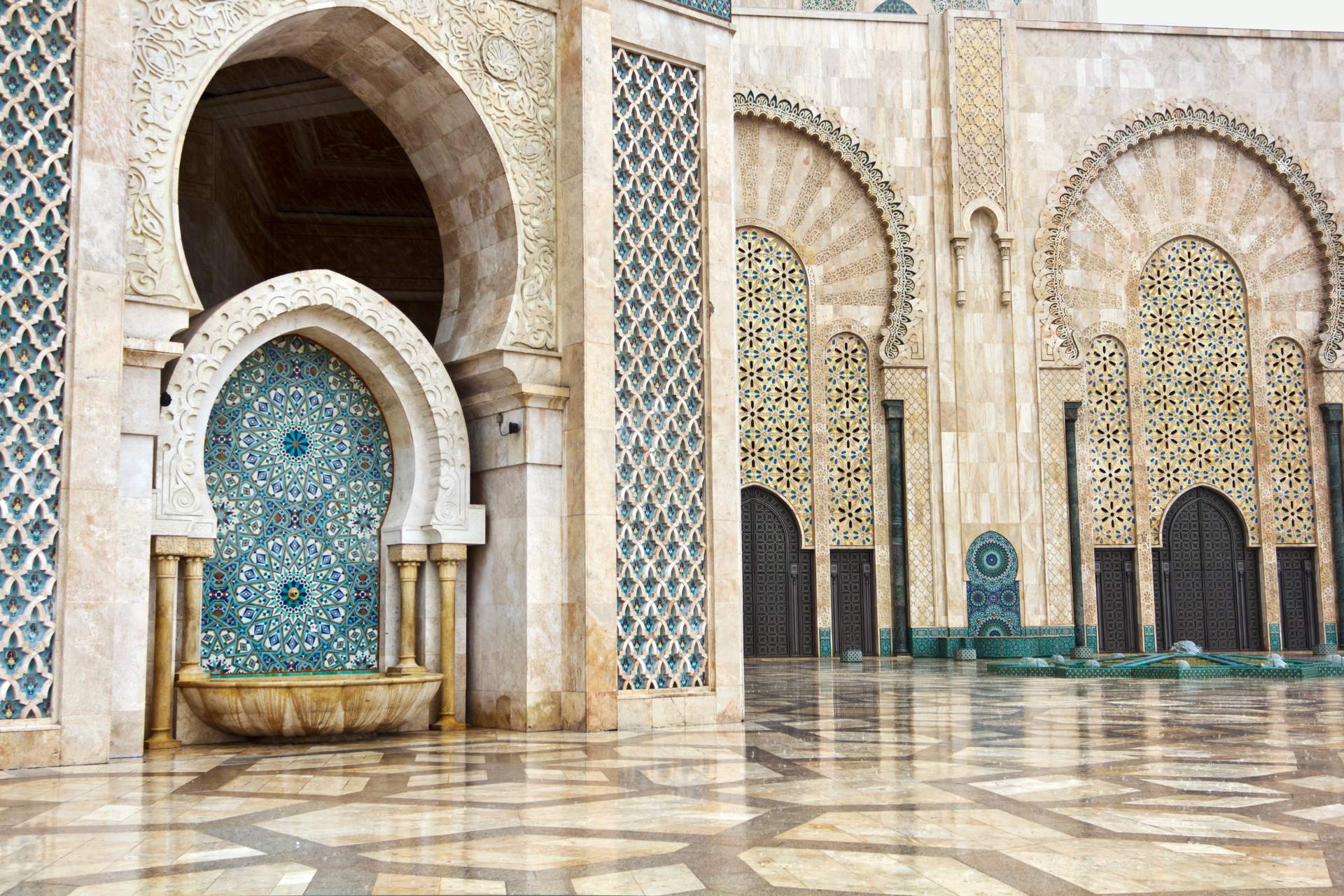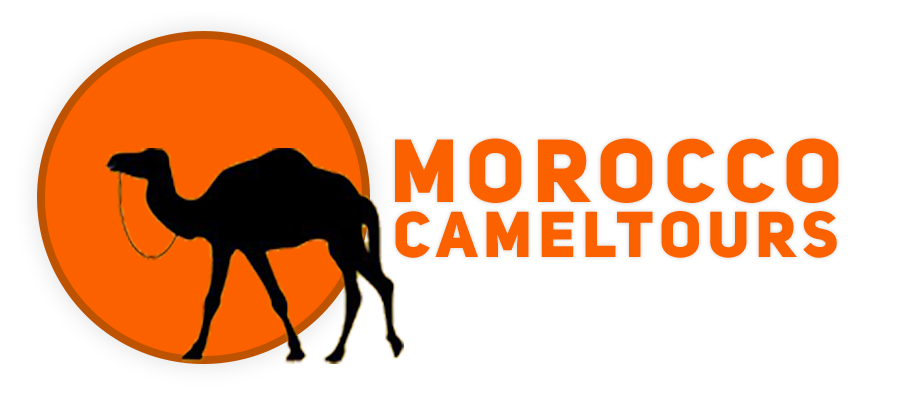What Are The Best Things To Do Iin Casablanca?
When thinking of Casablanca, the romantic and mysterious scenes featuring Humphrey Bogart and Ingrid Bergman often come to mind. However, the reality of the city is far removed from the classic film it’s known for. In fact, the film’s sets were recreated in Hollywood. What the film captures, though, is the essence of Casablanca that greets all who visit Casablanca – the largest and most populous city in Morocco.
Casablanca serves as the country’s economic and industrial hub, home to major international companies and a key artificial port. Its culture, shaped by its colonial past, adds a layer of undeniable intrigue. Visitors can experience a place where traditional Muslim customs are more relaxed. The city’s architectural heritage is distinctive, and its beautiful beaches offer the perfect spots for relaxing by the water. Below is a list of must-see attractions in Casablanca.
Visiting Hassan II mosque
Visiting The Hassan II Mosque is an unmissable Things to do in Casablanca. A true emblem of the city, its towering 210-meter minaret rises beside the Atlantic Ocean, making it the tallest mosque in the world. At first glance, the structure appears immense, a monumental presence. Yet, a closer inspection reveals intricate architectural details that captivate the eye.
Crafted by Morocco’s finest artisans of the twentieth century, the mosque’s decorations include hand-carved wood and stone, exquisite marble floors, ceilings adorned with gold leaf, and walls covered in ceramic tiles. One of the largest mosques globally, it was built to mark the sixtieth birthday of King Hassan II, who reigned from 1961 to 1999.
Notably, it is one of the few sacred sites in Morocco open to non-Muslim visitors, for a fee and with a guide. The mosque can accommodate 25,000 worshippers indoors and 80,000 in its expansive outer courtyard. Some of the flooring is made of glass, allowing worshippers to pray while gazing at the ocean. An intriguing feature of the mosque is the laser from its minaret, which points directly toward Mecca and is visible from several kilometers away.

Walking on La Corniche
A perfect way to conclude a visit to the stunning Hassan II Mosque is by taking a Casablanca travel guide along La Corniche, located right next to the mosque, offering breathtaking views of this impressive religious landmark. Similar to Western seaside promenades, the area is lined with hotels, cafes, restaurants, and various recreational facilities. It’s an ideal spot to enjoy the refreshing Atlantic breeze and take a swim at the La Corniche and Aïn Diab beaches, which attract surfers from around the globe.
You can explore the full length of La Corniche on foot, by bike, or even on skates. Starting from the northern end at Lalla Meryem Beach, with its historic El Hank lighthouse, you can make your way south toward Aïn Diab. The area is renowned for its spectacular sunsets and nightlife, making it a popular destination for both locals and tourists. The atmosphere here is more relaxed and tolerant compared to other neighborhoods, with most bars serving alcohol.
Visiting Mohammed V square
Mohammed V Square serves as the administrative heart of Casablanca. Designed by French urban planner Henri Prost, who was also behind the city planning of Casablanca and other cities such as Fez, Meknes, Rabat, and Istanbul in the early 20th century, it reflects his signature style. The square is surrounded by wide avenues lined with elegant buildings, large open spaces, pedestrian zones, and lush parks.
As one of the most beautiful squares in the city, Mohammed V Square is a peaceful retreat, often frequented by families for leisurely afternoon strolls when the heat subsides. A prominent feature of the square is the statue of Louis Hubert Lyautey, a French marshal who served in Morocco from 1912 to 1925. Additionally, there’s a fountain built in 1976 that hosts spectacular water and music shows. The surrounding public buildings showcase both Moroccan and French architectural influences, including the Justice Palace, the French Consulate, the National Bank, and the Prefecture.
Royal Palace
The Royal Palace is one of Casablanca’s most stunning and majestic landmarks. Located in the modern New Medina district, it was constructed in the 1920s as one of the royal residences of Morocco’s kings. The current monarch, Mohammed VI, has multiple palaces across the country, with the main one situated in Rabat.
While tourists are not allowed inside the palace, they can visit the expansive esplanade in front of it during a guided city tour. A walk around the area will surely leave you in awe of this impressive structure. If you’re not on a guided tour, you can request permission from the guards stationed outside to approach its doors.

A tour to a Clock Tower
The Clock Tower is another iconic symbol of Casablanca. Located at United Nations Square, it marks the entrance to the southern part of the medina. A testament to French colonial influence, it was originally constructed in 1911 by French captain Dessigny, who aimed to encourage the city’s residents to embrace the rhythms of industrial society.
The tower that stands today is actually a replica of the original. The original structure was demolished in 1948 due to its deteriorating condition. It wasn’t until 1993, 45 years later, that Moroccan municipal authorities decided to rebuild it, faithfully replicating the original design. Standing at 20 meters tall, the tower features a clock on each of its four sides.
Art Deco quarter
The so-called Art Deco quarter offers a glimpse into France’s lasting influence on Casablanca. The colonial era, which extended until the end of the protectorate in the mid-20th century, left a profound mark on the city, particularly in this neighbourhood. Located near the city center, around the Marché Central and Mohammed V Square, it stands as one of Casablanca’s primary tourist attractions.
This area is home to numerous buildings designed in the Art Deco style, which reshaped parts of the city during the colonial period. Take some time to admire their architectural details, which blend elements of traditional Moroccan design. The most impressive structures are found in a commercial district stretching over two kilometers, showcasing some of the city’s most beautiful buildings. Notable landmarks include Cinema Rialto, the Post Office, Le Matin, Cinema Radio, the Hotel Transatlantique, Maroc Soir, the Hotel Lincoln, and the Glaoui buildings, Incama, and Café la Comédie.

Conclusion
Casablanca is a city where the old and new seamlessly blend, offering visitors a unique experience steeped in history, culture, and modernity. From the awe-inspiring Hassan II Mosque to the tranquil streets of the Art Deco quarter, the city is filled with architectural marvels that reflect its rich past and dynamic present. Whether you’re strolling along La Corniche, soaking in the grandeur of Mohammed V Square, or exploring the legacy of the French colonial era, Casablanca captures the essence of Morocco in a way that is both unforgettable. Each corner of the city tells a different story, making it a destination that continues to inspire those who visit.




Leave A Comment